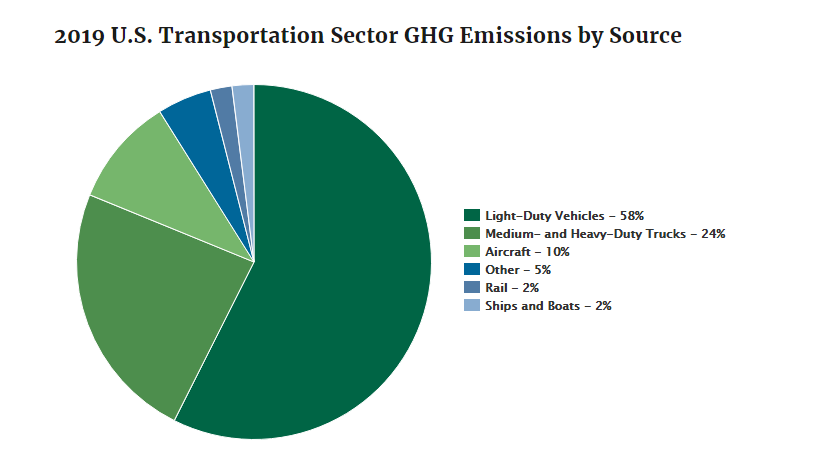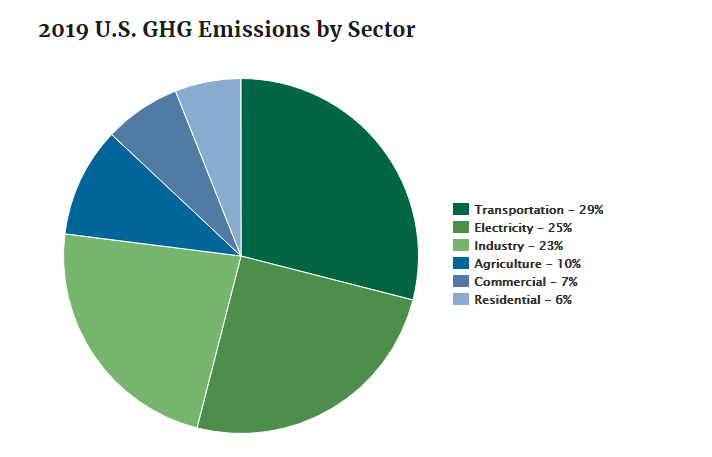California is All set for 100% Zero-emission Autonomous Vehicles by 2030
The California government is all set to embrace an environment-friendly Zero-emission Autonomous Vehicle law that would make it compulsory for manufacturers to ensure these comply with zero-emission regulations for the state. While it’s true to a large extent that Autonomous vehicles can certainly save lives on roads, but can they really do any favor to our emission control norms against Green House Gases (GHGs)?
Let’s find out.
In the latest announcement from the office of CA governor Gavin Newsom, SB 500 by Senator Dave Min (D-Irvine) – Autonomous vehicles: zero emissions would regulate AV manufacturers to develop technologies and standards that could revolutionize the world of modern passenger transportation across all major segments. The CA state already has every required infrastructure available to monitor and test the Autonomous Vehicles currently manufactured, registered, and driven within the state. In 2014, the state had developed the Autonomous Vehicle Tester Program. This program allows any manufacturer to test AVs with a human in the pilot seat. In 2018, the program was expanded to a driverless tester program, meaning no humans are required to test the AVs.
Can Zero-emission Autonomous Vehicles Help California?
Yes, the modern Zero-emission Autonomous Vehicles can help the state of California to a very large extent.
California is one of the most densely populated states in the US. With the rapid urbanization of the region, the state has witnessed huge growth in its transportation and roadways networks. Today, transportation consumes a major portion of California’s overall energy, leaving a huge impact on the state’s quality of air index. In fact, in the US, fossil fuel-based Light-duty vehicles contribute the maximum volume (54%) to Green House Gases (GHG).


In 2019-2020, California had 14,894,912 registered automobiles in the state, making it one of the most densely populated states in the US as far as vehicle populations are concerned. 37% of the households in the state own at least 2 vehicles.
By the end of 2020, the total population of fossil fuel-based light-duty vehicles was 28,030,332 [1]
In comparison, by 2020-end, California had close to 635,000 light-duty Zero Emission vehicles. These were:
- Battery EVs: 369364
- Plug-in Hybrids: 259109
- Fuel Cell EVs: 7129
With packed roads, we can only imagine that more and more households would increasingly look to buy Autonomous Vehicles (AVAs) to beat stressful driving conditions on road. It was incumbent on the federal government to sign up for an environment-friendly alternative to modern issues arising from vehicle pollution. And, clean energy is the best way to move forward.
The SB500 legislation might be the greatest tool for the CA state to enforce policies related to the use of clean energy for all their vehicles, starting with light duty Autonomous vehicles. These policies could be aligned with the already existent ones outlined by the California Energy Commission – CEC. In fact, CEC has already partnered with the DMV to track the sales and population of zero-emission vehicles (ZEVs) and might expand this partnership to include the new-age AVs within the ambit of SB500.
Zero-emission Autonomous Vehicles: Can They Truly Become a Reality?
There’s definitely a lot of room for more research and reporting required to establish clearly the relationship between AVs and their carbon footprints.

Let’s take their lifecycle, for instance.
An Autonomous Vehicle would have a complex network of sensors, ICs, and other intricately designed computerized parts that not only integrates with the vehicle engine and the battery unit, but also to the whole new galaxy of driver-assistance systems and in AV’s case, driver-less car management systems. All these extra tech adds to the carbon footprint. This report chronicling the impact of Connected and Autonomous Vehicles (CAVs) found a 9% reduction in energy consumption and GHG emissions. However, there is still massive scope for CAV manufacturers to further clamp down on the emissions and improve net energy performance from an environmental perspective.
California State is one of the leading regions in the US where AV testing and training programs are taken very seriously. You can refer to this segment on AV driving and manufacturing standards to understand how the Zero-emission program could be implemented successfully with the joint awareness program for drivers, manufacturers, and owners.
Top CAV News: Ericsson and Microsoft Team up for the Next Generation of Connected Cars
In addition to SB500 for Zero-emission autonomous vehicles, the office of Governor also introduced new legislations –
- AB 173 by the Committee on Budget – Public Safety.
- AB 174 by the Committee on Budget – Vehicles.
Source: The Office of Governor, CA
[To share your insights with us, please write to sghosh@martechseries.com]

Comments are closed.